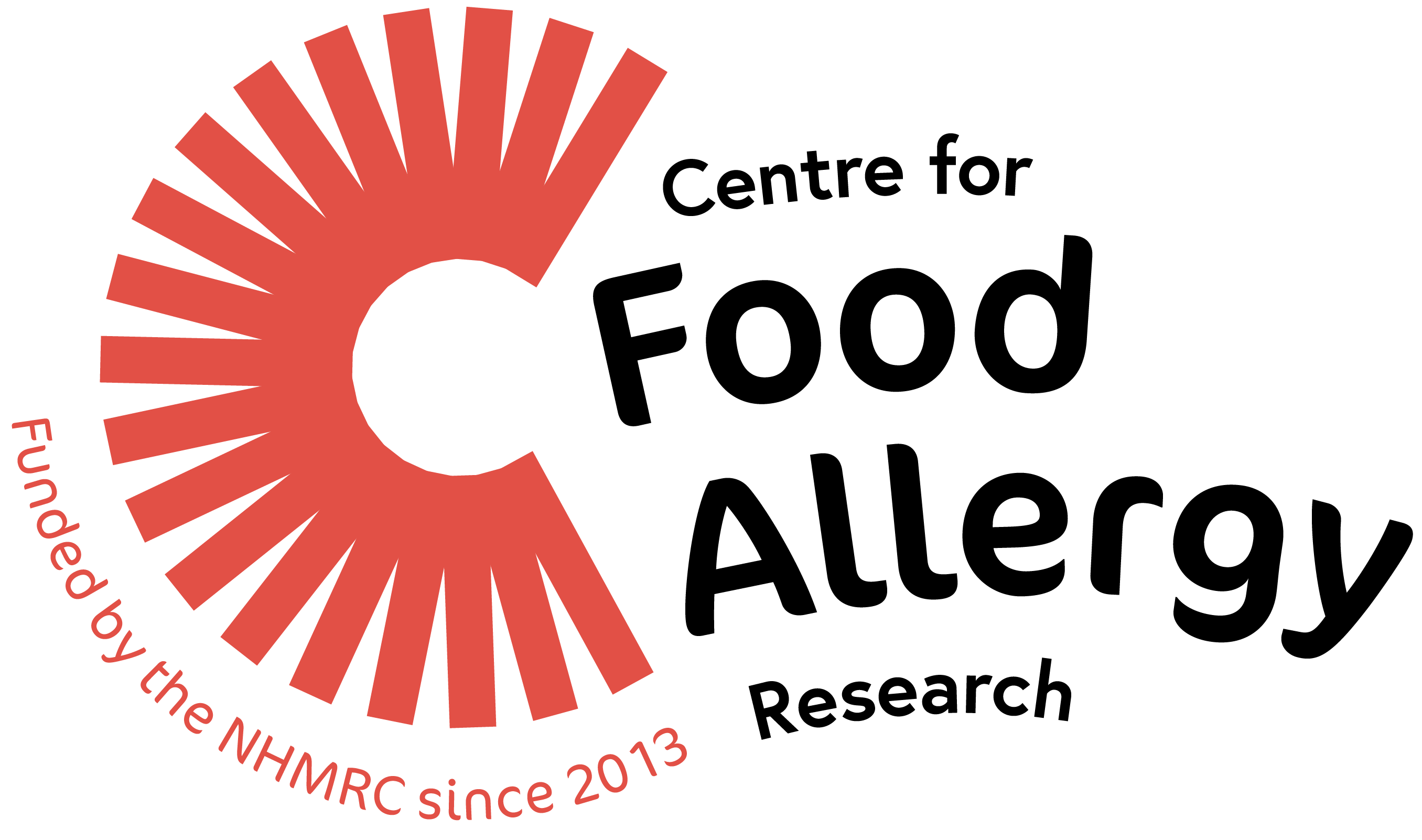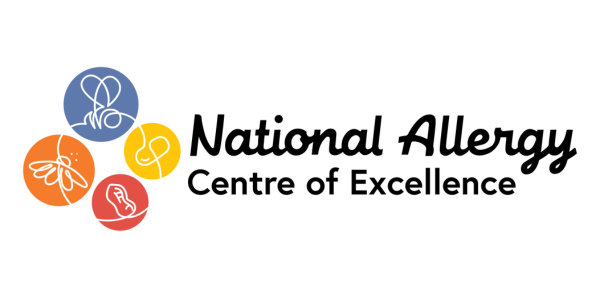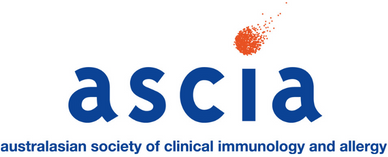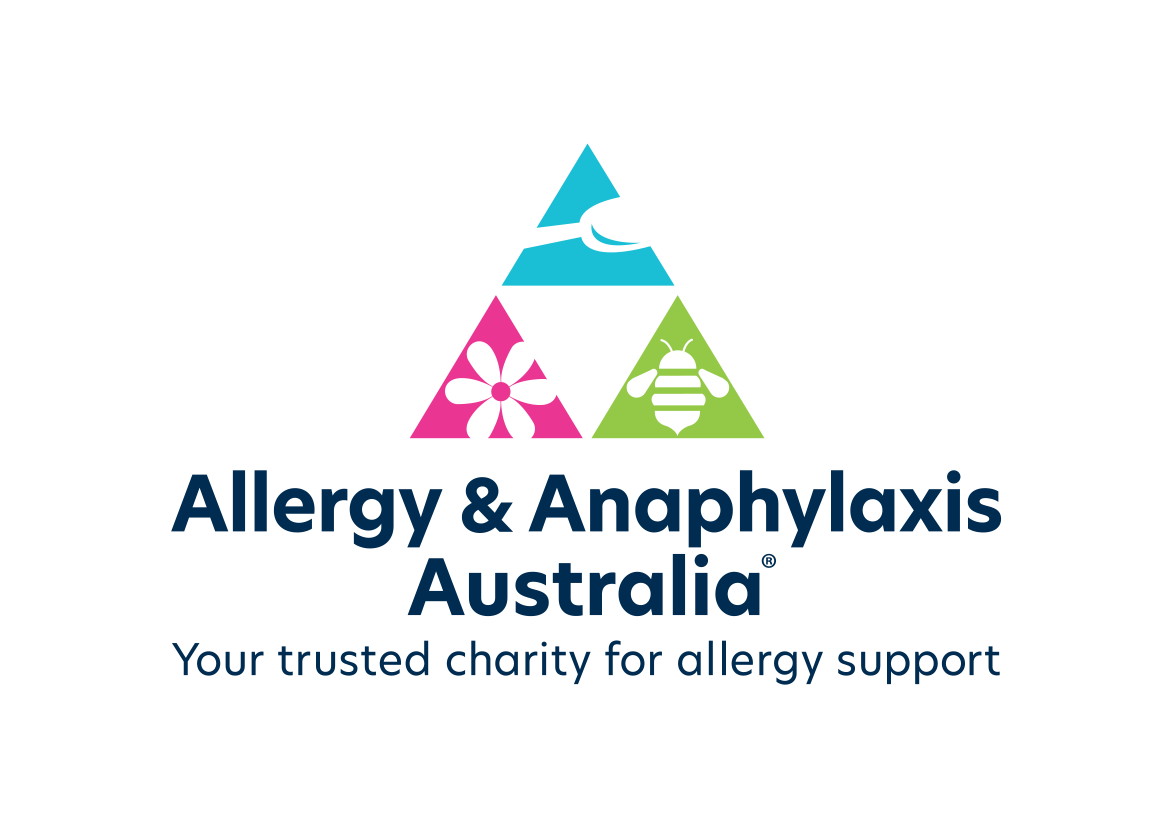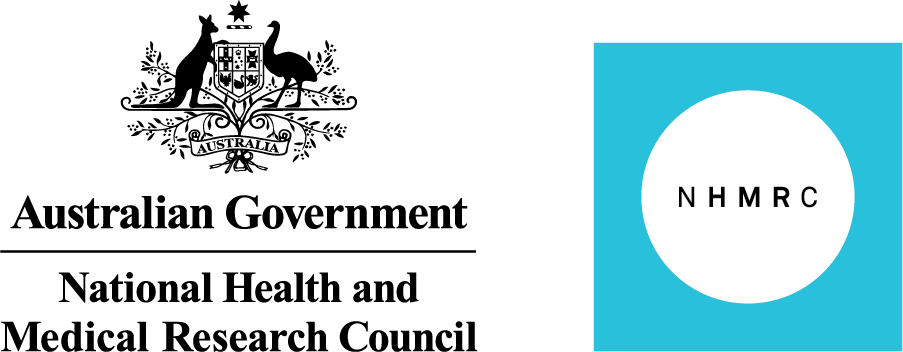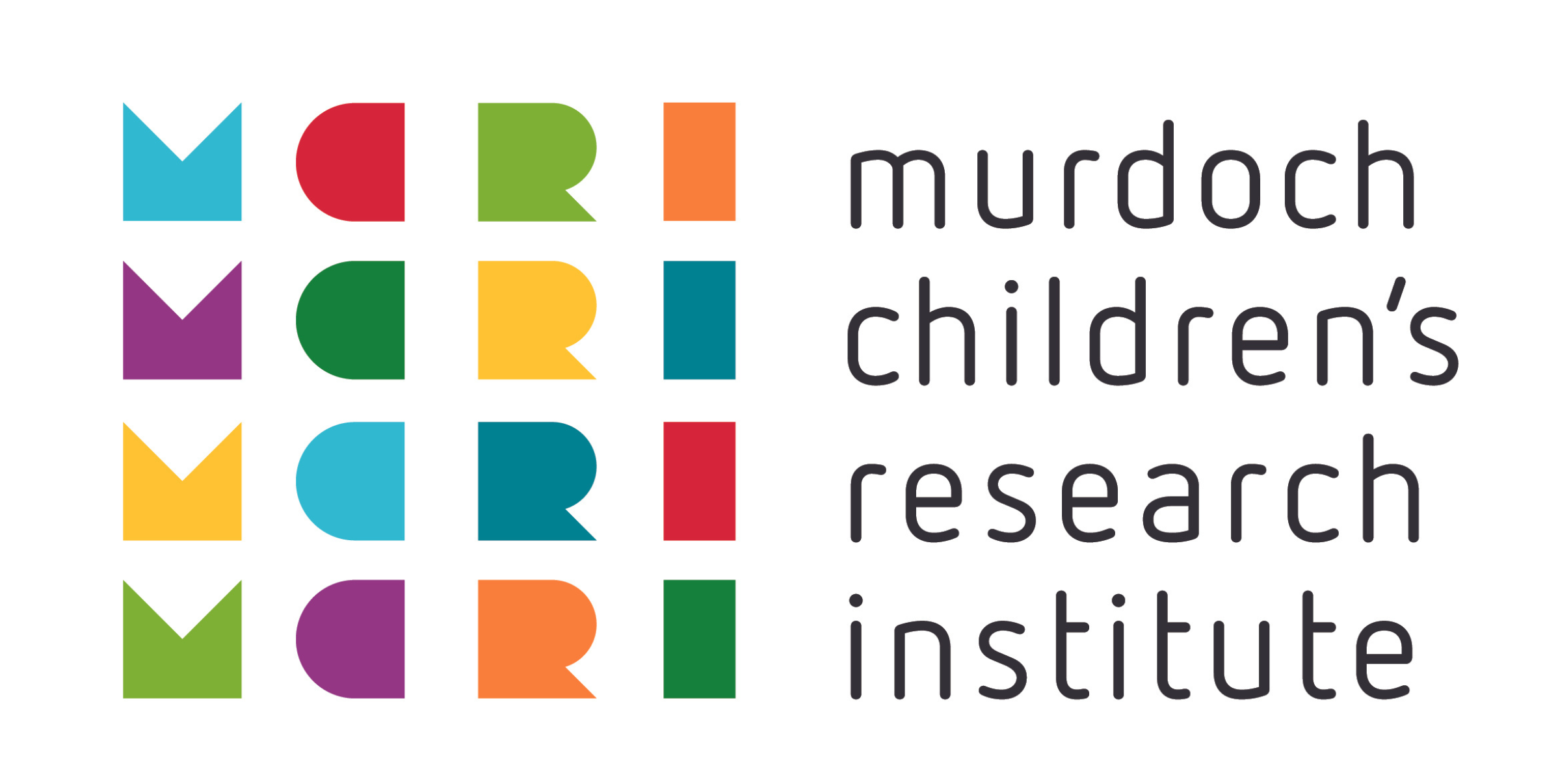Cashew and cow’s milk allergy rates uncovered among Australian infants
- Published
- Tuesday, August 22, 2023 - 12:00 PM
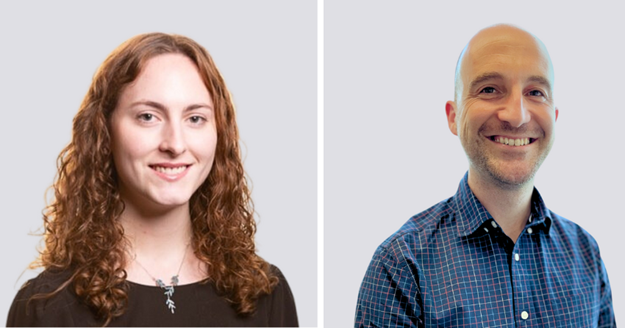
Centre for Food Allergy Research PhD Scholars have revealed for the first time how many babies have cashew and cow’s milk allergies in Australia as well as what causes these common allergic diseases.
Two new studies published in the Journal of Allergy & Clinical Immunology: In Practice, showed 1.4 per cent of 12 month old’s have cashew allergy and 1.3 per cent a cow’s milk allergy. By comparison, previous research found 3.1 per cent of infants have a diagnosed peanut allergy.
Both studies involved 1933 participants from the EarlyNuts Study, which looked at the prevalence of these allergies in infants and common risk factors.
Murdoch Children’s Dr Tim Brettig, who led the cashew allergy research, said this was the first time the rate of cashew allergy and cow’s milk allergy in Australian infants had been determined with gold standard oral food challenges.
“Like most food allergies, cashew allergy is thought to develop early in life and cashew is reported to be the most common cause of tree nut allergy in Australia,” he said.
Dr Brettig’s research found eczema and peanut allergy were linked to having a cashew allergy. While Murdoch Children's Dr Victoria Soriano identified infants who have eczema, a family history of food allergy and parents born in East Asia were more likely to develop cow’s milk allergy.
“We know cow’s milk allergy and cashew allergy are among the most common food allergies in infants and young children, with prevalence estimates varying between countries,” Dr Soriano said. However, there were no recent data on the prevalence of proven milk and cashew allergy in Australia making these findings important for future research into how we might be able to prevent them.”
The findings also revealed:
- 25 per cent of infants had been introduced to cashews by 12 months, which was less than the number of infants introduced to other common allergens, such as peanut and milk by the same age
- More than 80 per cent of infants had been introduced to milk products before seven months
- Almost all infants had tried milk products by 12 months.
Dr Brettig said: “These findings help us understand more about allergic disease, which, in turn, helps arm parents and healthcare professionals with the latest evidence to inform clinical practice.”
Associate Professor Jennifer Koplin, of The University of Queensland who was a senior author on both papers, said further investigation with larger, trial numbers would be needed to explore ways to protect against cashew and milk allergy.
“It will be important to follow these children up to investigate the natural history of their allergies and how many infants may outgrow them,” she said.
Dr Soriano and Dr Brettig are Centre for Food & Allergy Research (CFAR) PhD Scholars and Associate Professor Koplin is a CFAR Chief Investigator and Evidence and Translation Pillar Lead of the National Allergy Centre of Excellence (NACE). Both CFAR and NACE are hosted at the Murdoch Children’s Research Institute.
Read more about Infant feeding patterns before and after changes to food allergy prevention guidelines in Australia
This article first appeared on Murdoch Children's Research Institute.
Want to take part in food allergy research?
Visit the Allergy Studies Directory and receive email alerts when new studies are listed.
Become a CFAR member
Are you part of the Australian and New Zealand food allergy research community?

